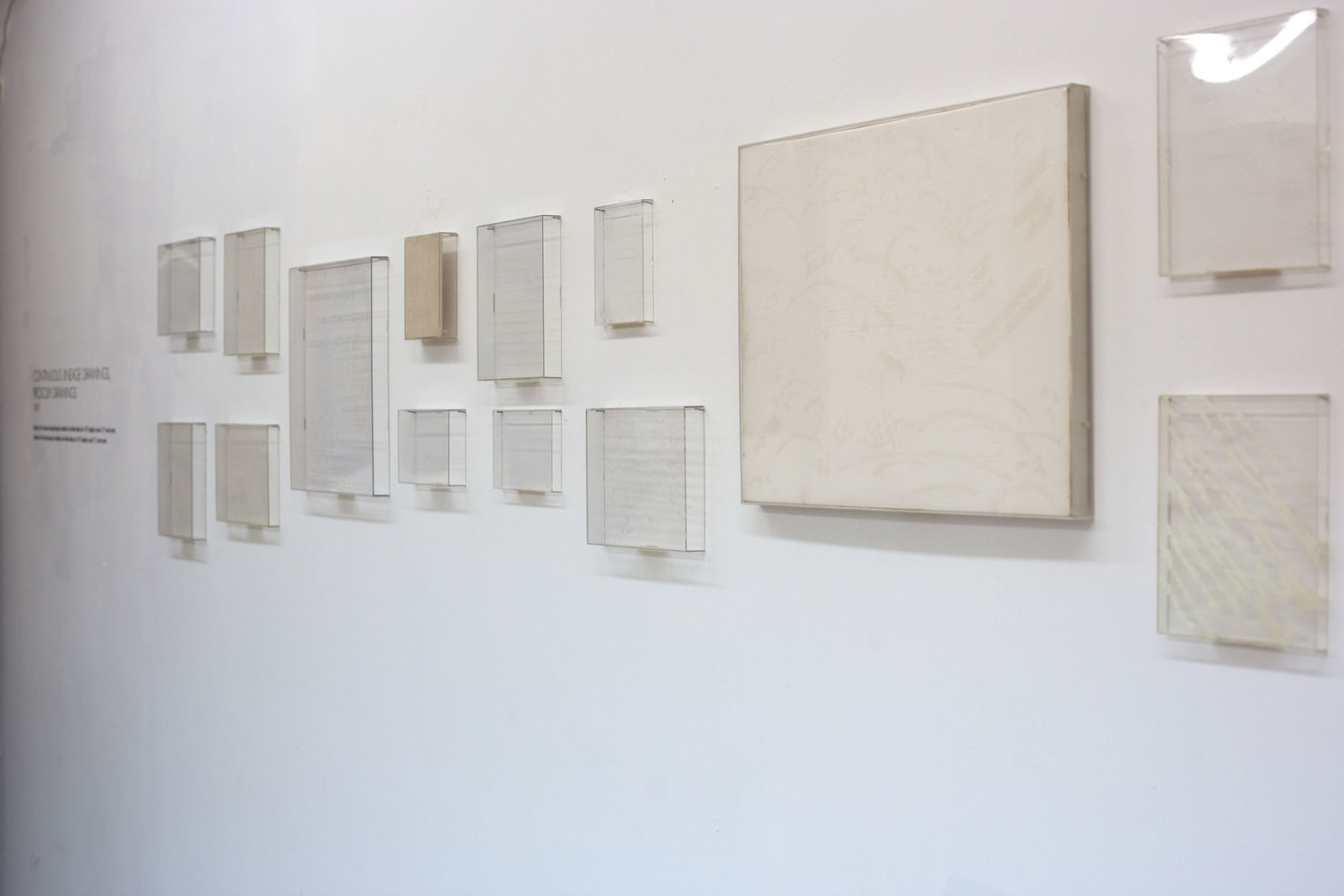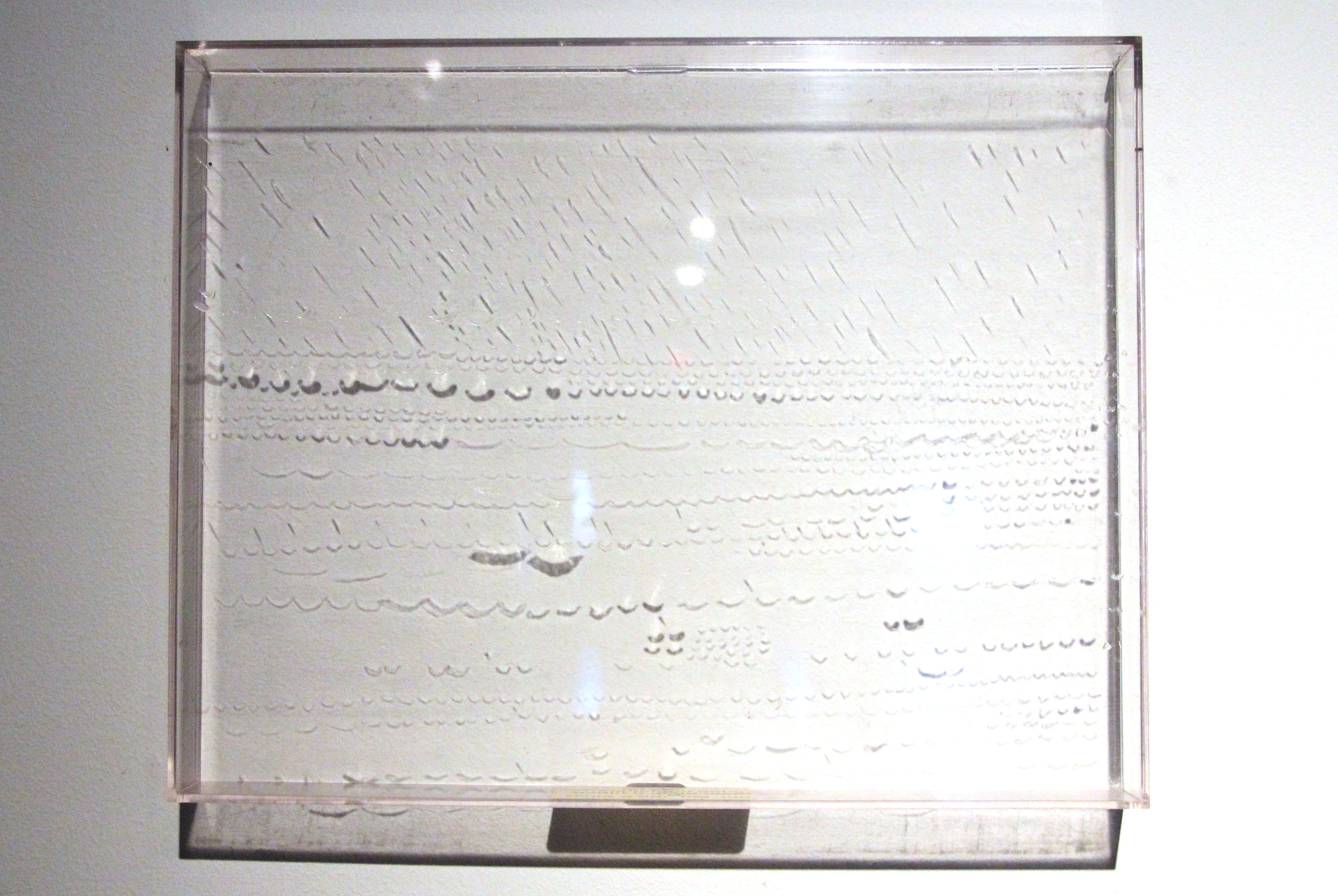In the last phase of a project spanning nearly seven years, alternative arts spaces leader and Clocktower Gallery and MoMA PS1 founder Alanna Heiss is disseminating hundreds of works by the late post-minimalist painter Dale Henry to artists, collectors, curators, critics, and institutions.
Please save the date for an intimate conversation celebrating the culmination of this project, and discussing some key topics raised by the Dale Henry story, including the organization of artists' archives and estates, preserving artistic and personal legacies, museum gifts and acquisitions, an artist's decision to leave New York, and the way personal artist narratives shape exhibition-making:
Tuesday, July 24th, 2018
6:30pm - 9pm
87 Franklin Street, New York NY 10013
Speakers:
Andy Battaglia, Deputy Editor, ARTnews
Graham C. Boettcher, Director, Birmingham Museum of Art
Todd Eberle, Artist
Laura Hoptman, Curator, Department of Painting and Sculpture, Museum of Modern Art
Amy Oppenheim, Executor, Dennis Oppenheim Estate
Kirsten Weiner, MOVED PICTURES ARCHIVE/LAWRENCE WEINER STUDIO
Conversation moderated by Alanna Heiss and Beatrice Johnson
The evening will be recorded and made available on Clocktower Radio
This event is made possible with support from Lybess Sweezy
Dale Henry, Interiors series, Pure Cadmium Red, Medium – Bath, 1978 -- Collection of the Cleveland Museum of Art
In 2011, Dale Henry (1931 – 2011) bequeathed his entire body of work to Alanna Heiss, with the proviso that it remain outside of the art market. Following a multi-part retrospective, Dale Henry: The Artist Who Left New York, and to satisfy Henry’s paradoxical wish that the work gain exposure but be devoid of any commercial value, Heiss has disseminated the most significant works to institutions in the US and abroad.
The Museum of Modern Art, the Brooklyn Museum, the Cleveland Museum, the Fralin Museum at the University of Virginia, and the Sammlung-Hoffmann Collection in Berlin have all acquired major series.
Ongoing conversations include such institutions as the Walker Art Center, the Birmingham Museum of Art, the Crystal Bridges Museum of American Art, SFMOMA, the Hessel Museum of Art, and the Davis Museum at Wellesley College.
Many of the remaining 200 works have been disseminated to collectors, critics, curators, and artists, including Joan Jonas, Lynn Hershman-Leeson, Eric Boman and Peter Schlesinger, Todd Eberle, Lawrence and Alice Weiner, Mickalene Thomas, and Dustin Yellin, among others.
Seating limited, RSVP necessary:
rsvp@sparkplug-pr.com













